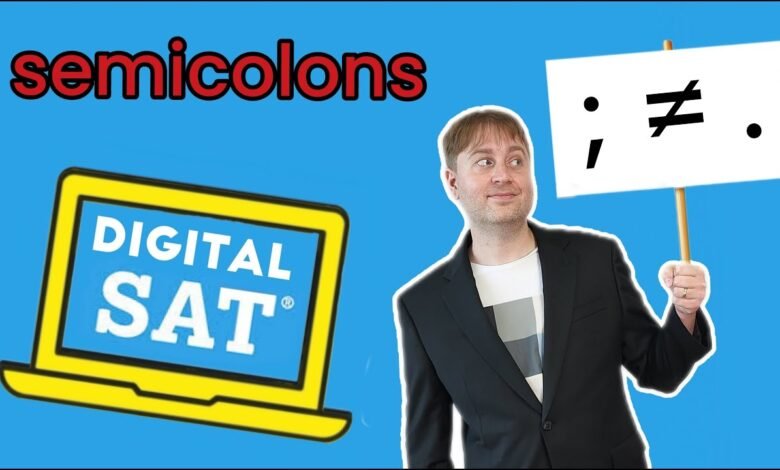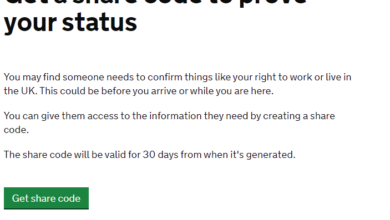Mastering the Semicolon

The semicolon, often misunderstood and underused, is a powerful punctuation mark that bridges the gap between the full stop and the comma. It’s a tool that, when used correctly, can enhance the clarity, rhythm, and nuance of your writing. In this guide, we will explore the intricacies of how to use a semicolon effectively, providing you with the knowledge to wield this punctuation mark with confidence.
Understanding the Semicolon
Before we delve into the specifics of semicolon usage, let’s first understand what it is. A semicolon looks like a comma with a period above it (;) and serves a dual purpose, subtly linking closely related ideas and neatly organizing complex lists. Its utility lies in its ability to clarify relationships between parts of a sentence where a comma is too weak, and a full stop is too strong.
Linking Independent Clauses
The primary use of a semicolon is to connect two independent clauses that are closely related in thought but could stand alone as separate sentences. This usage of the semicolon adds a layer of sophistication to writing, allowing the author to convey nuance and connection between two statements without resorting to conjunctions like “and,” “but,” or “so.”
Consider the following example: “The sky darkened; a storm was coming.” Here, the semicolon links two related thoughts, enhancing the narrative’s flow without the abruptness of a period or the potential confusion of a comma.
Semicolons in Complex Lists
Another common use for semicolons is in lists that contain complex items or phrases, especially when those items include commas. This helps to avoid confusion, clearly separating each element of the list. For instance: “The conference attendees came from London, England; Paris, France; Berlin, Germany; and Rome, Italy.” In this case, the semicolon acts as a super-comma, organizing the list neatly where a simple comma would fail to separate the items clearly.
The Nuances of Semicolon Usage
While the rules of semicolon usage are relatively straightforward, mastering its nuances can elevate your writing. It’s essential to recognize when a semicolon is the most effective choice and when it might be better to choose a period, a comma, or a coordinating conjunction instead.
Balancing Act
The key to using semicolons effectively is balance. Overuse can make your writing seem pretentious or overly complex, while underuse might miss opportunities to create meaningful connections between ideas. Aim for a middle ground, using semicolons to enhance clarity and flow without overwhelming your readers with overly complicated sentence structures.
Semicolons and Conjunctive Adverbs
Semicolons can also play a pivotal role when using conjunctive adverbs, such as “however,” “therefore,” “moreover,” and “consequently.” When a conjunctive adverb is used to join two independent clauses, a semicolon is typically used before the adverb, and a comma follows it. For example: “He did not finish his homework; therefore, he was unable to go to the movie with his friends.” This structure ensures clarity, marking a distinct break between the two clauses while highlighting their connection.
Practical Tips for Semicolon Use
To harness the full potential of semicolons, consider the following practical tips:
- Read your sentences aloud: If there’s a natural pause where you’re considering a semicolon, but the ideas are closely linked, it might be the perfect place for one.
- Use semicolons sparingly in creative writing: While they can add sophistication, overuse can disrupt the narrative flow and alienate readers.
- Practice with lists: Look for opportunities to include complex lists in your writing as a way to become comfortable with semicolon usage.
- Edit carefully: When revising your work, pay close attention to semicolon placement, ensuring that each one serves a clear purpose in linking ideas for organizing information.
Conclusion
The semicolon is more than just a punctuation mark; it’s a nuanced tool that, when used judiciously, can add depth and clarity to your writing. By understanding its primary functions and paying attention to the balance and flow of your sentences, you can start to integrate semicolons into your writing effectively. Remember, the goal is to enhance your writing’s clarity and sophistication, not to complicate it unnecessarily. With practice, the semicolon can become a valuable ally in your punctuation arsenal, helping you to convey your ideas with precision and style.
Read Also: How to Hide Photos on iPhone: A Comprehensive Guide




